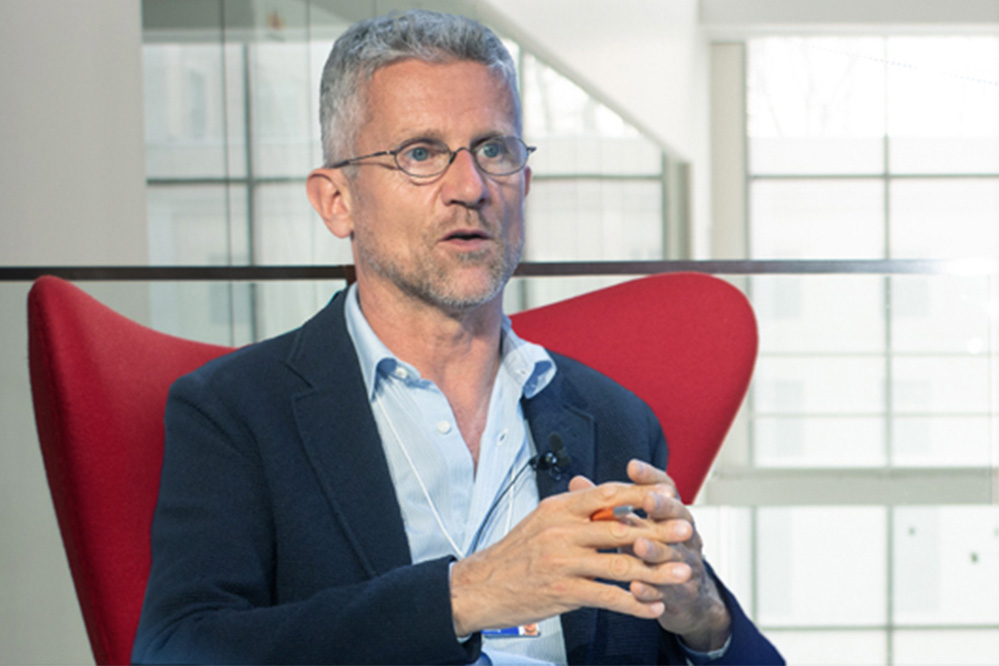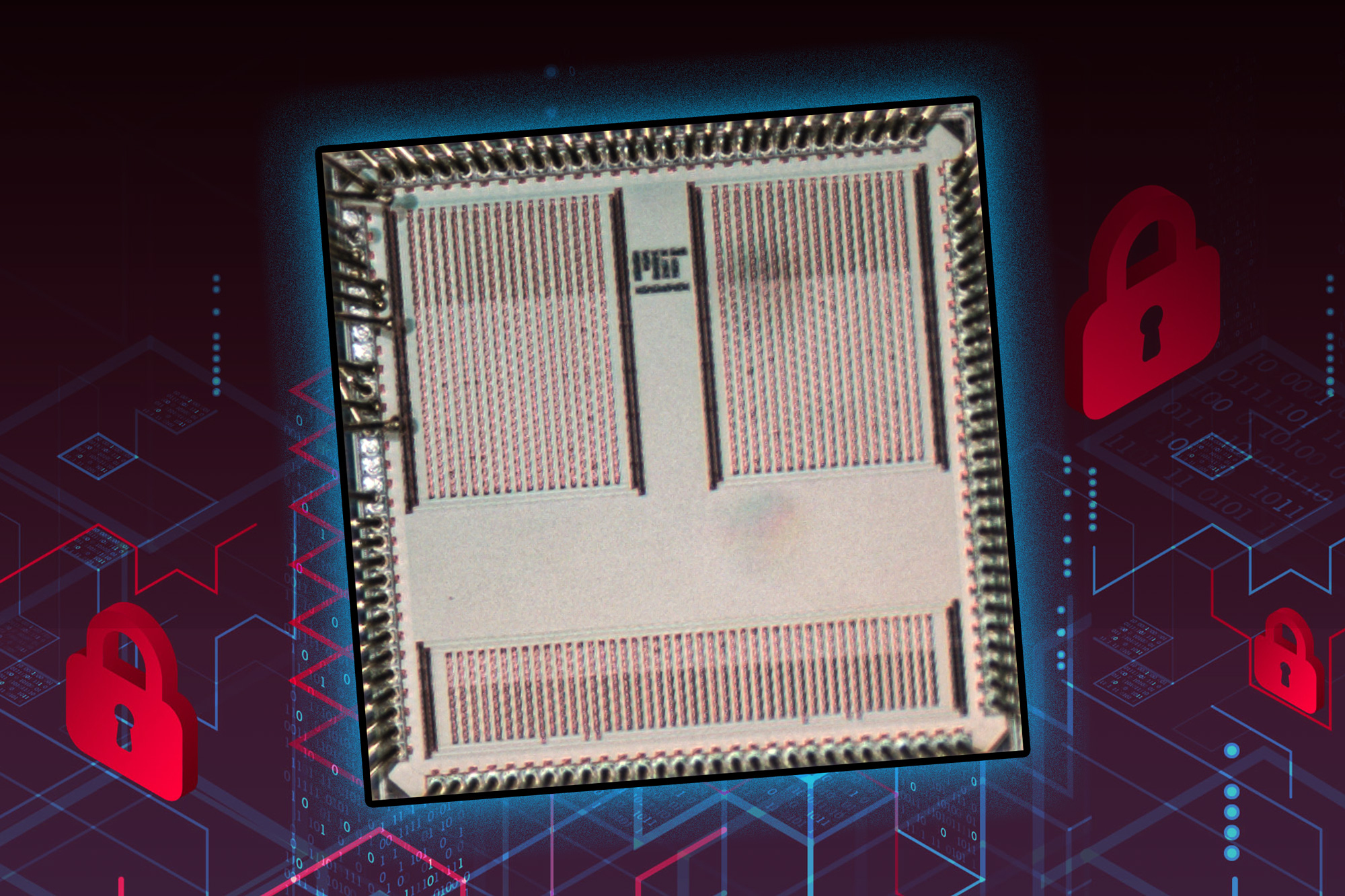Making sense of all things data
Abel Sanchez helps industries and executives shift their operations in order to make sense of their data and use it to help their bottom lines. Data, and more specifically using data, is not a new concept, but it remains an elusive one. It comes with terms like “the internet of things” (IoT) and “the …










